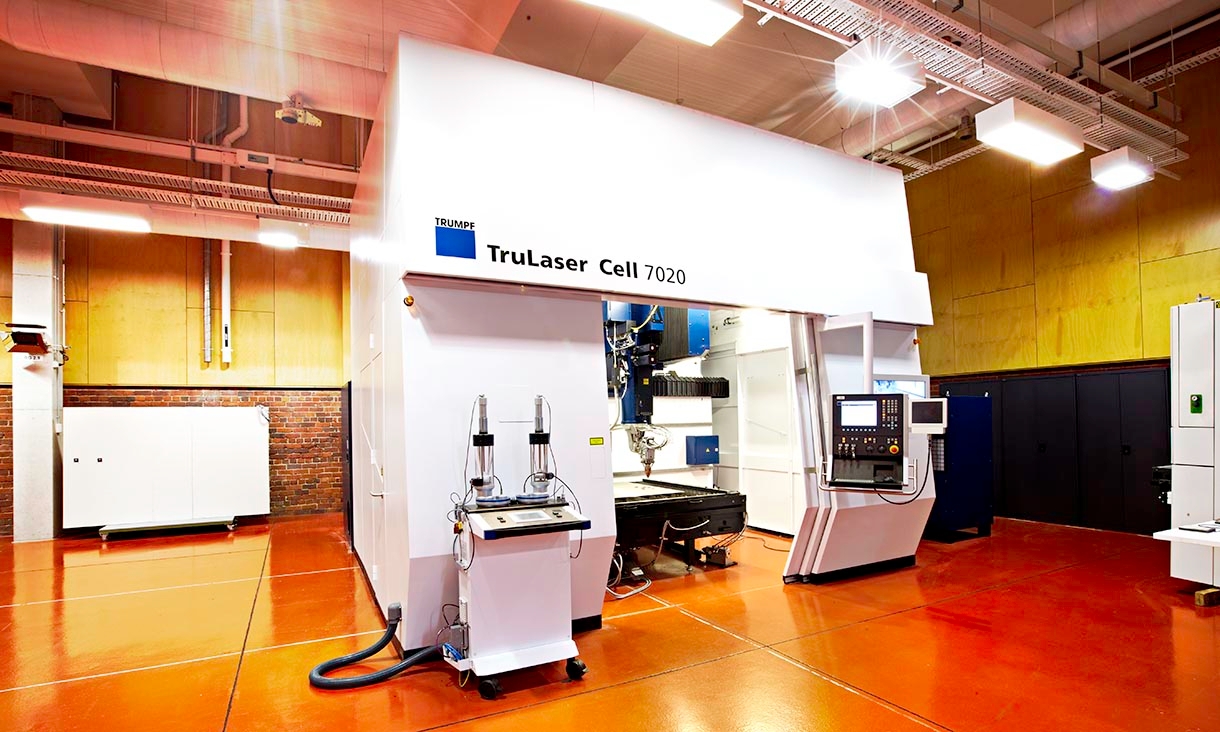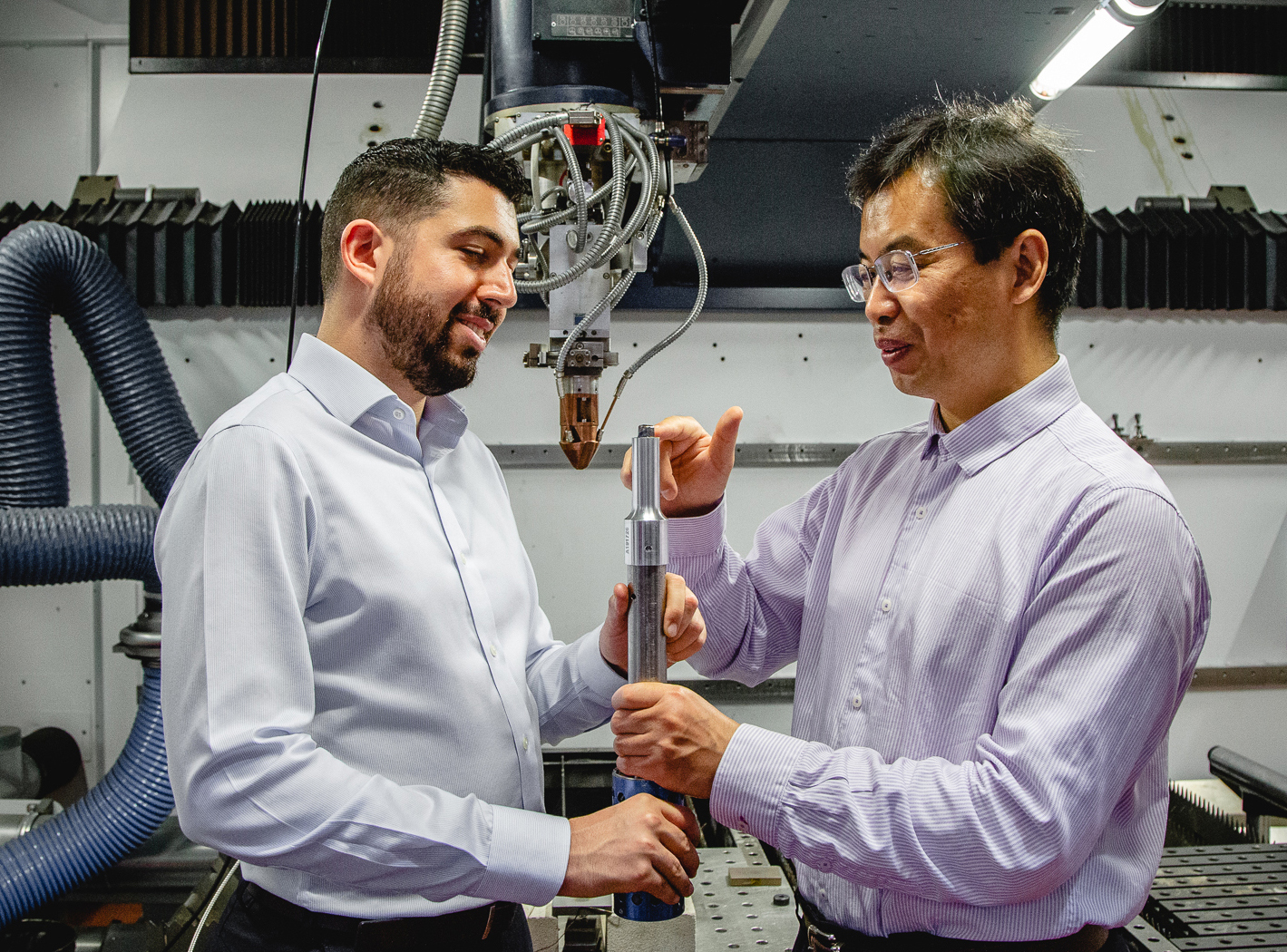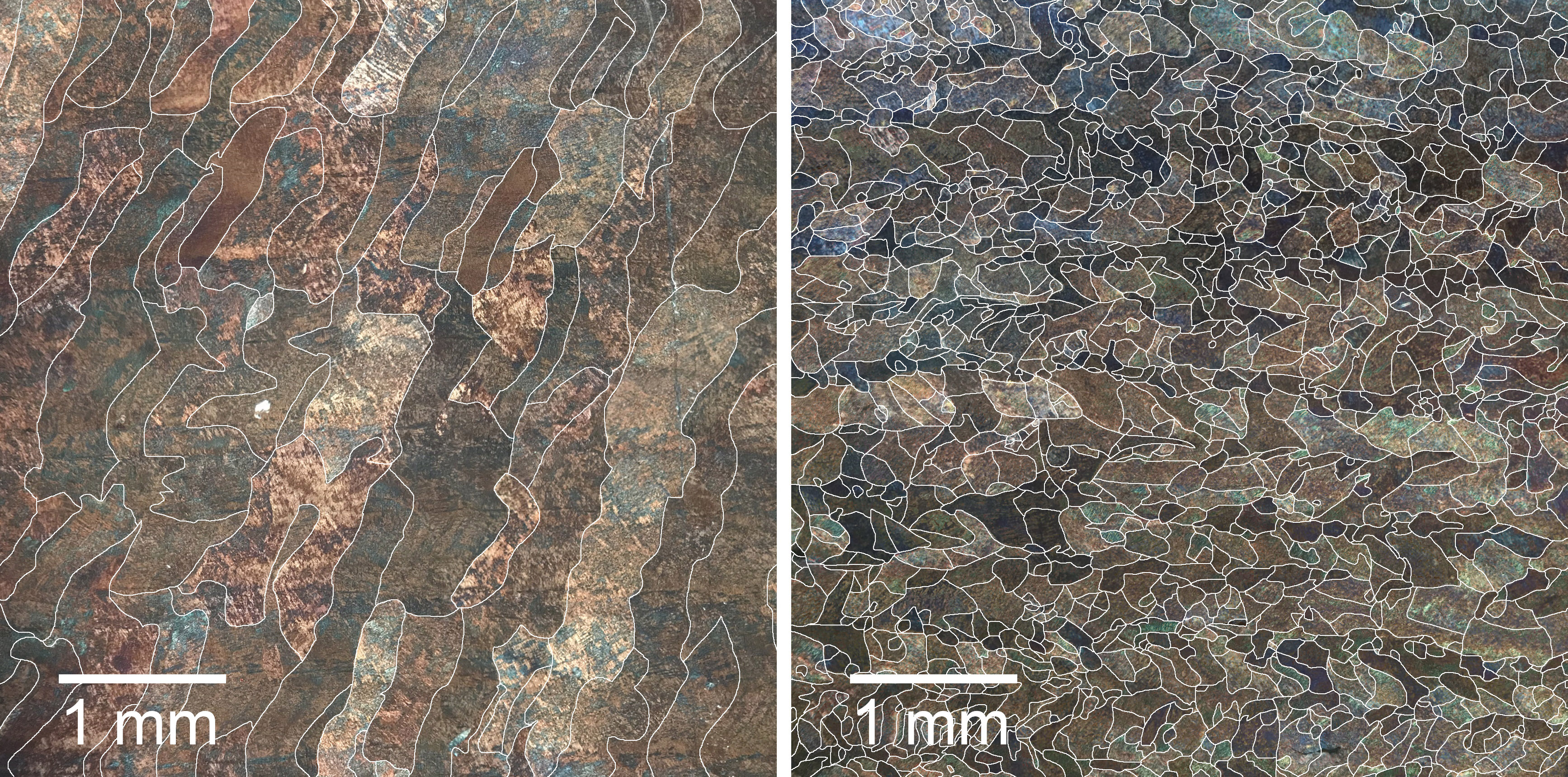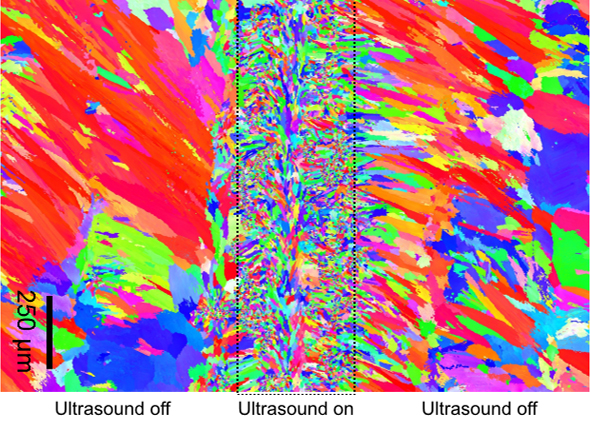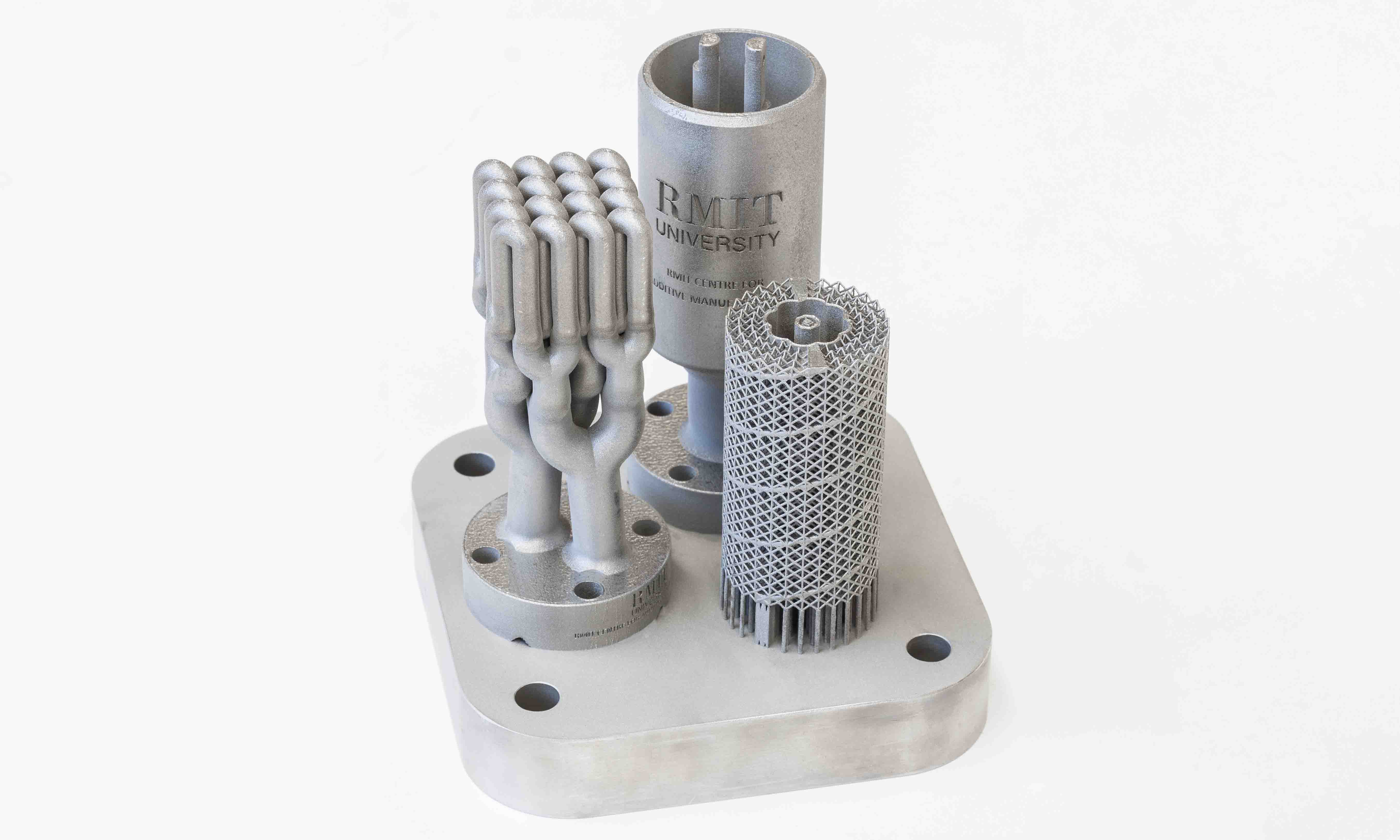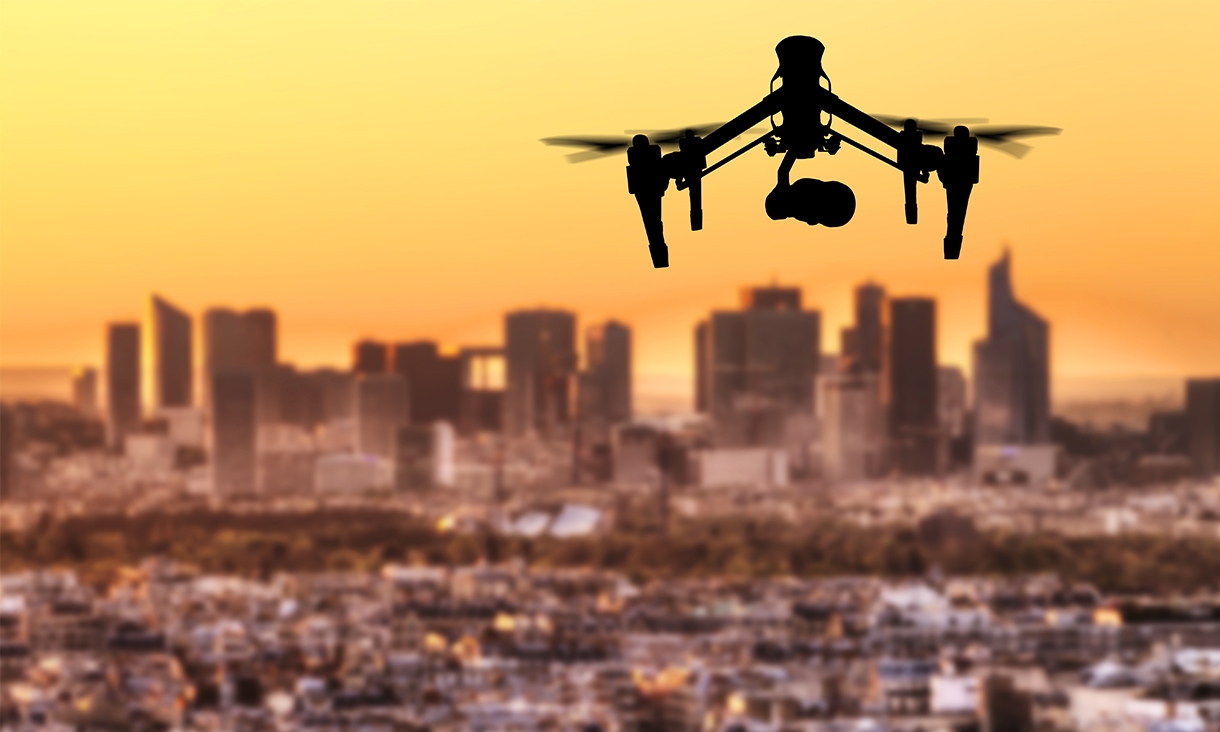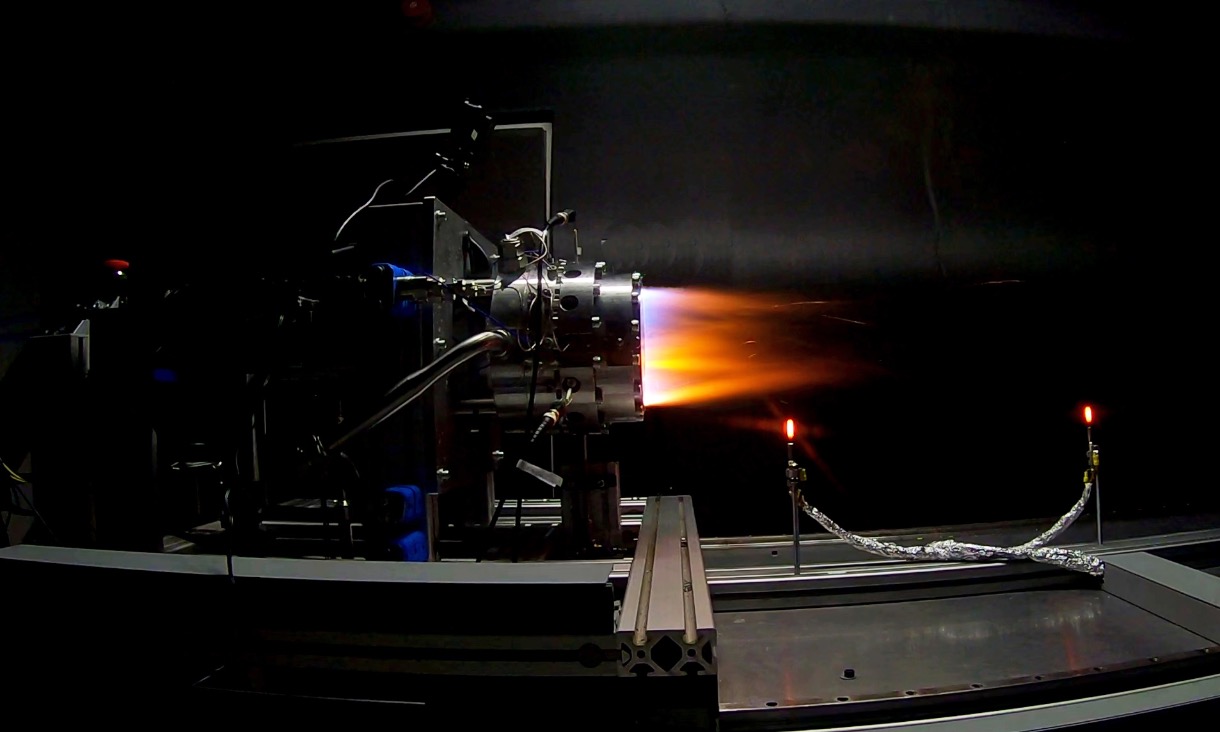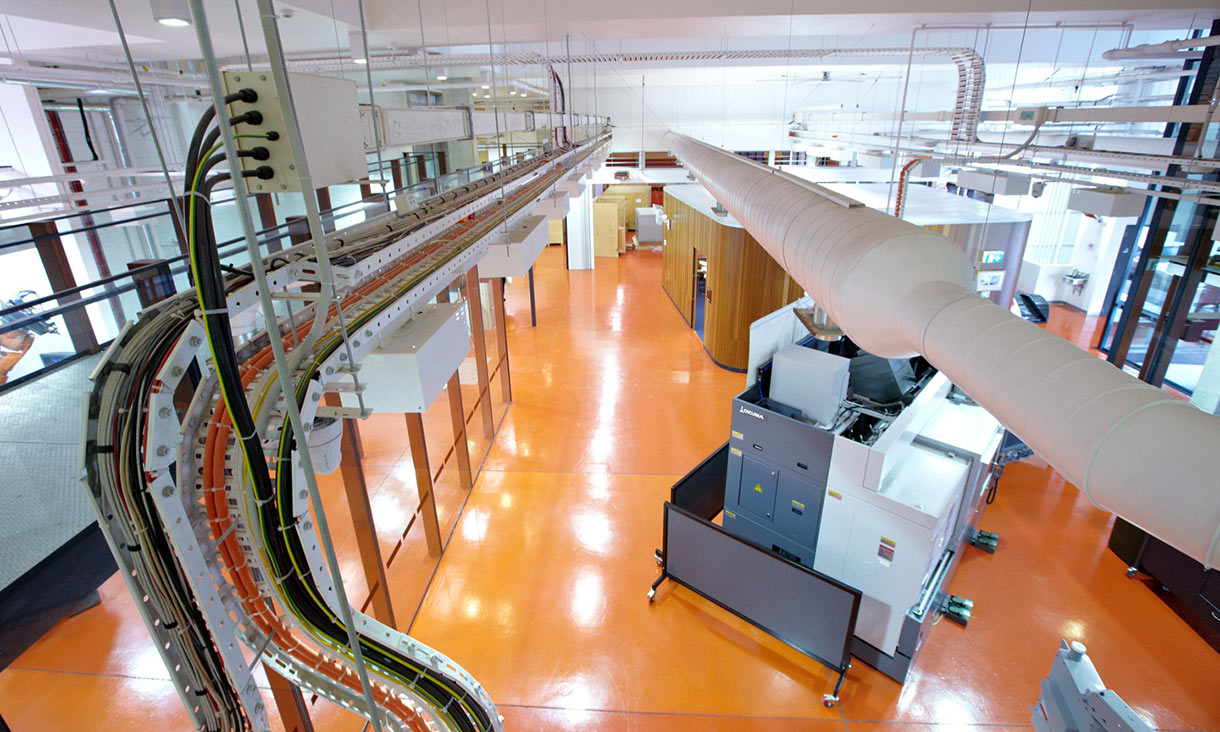Next gen 3D printed catalysts to propel hypersonic flight
Ultra-efficient 3D printed catalysts could help solve the challenge of overheating in hypersonic aircraft and offer a revolutionary solution to thermal management across countless industries.
Successful trials show way forward to making quieter drone propellers
Researchers have published a study revealing their successful approach to designing much quieter propellers.
Successful engine test brings Australian space launch capability a step closer
An Australian research consortium has successfully tested a next generation propulsion system that could enable high-speed flight and space launch services.
RMIT partnership to support mining innovation
The mining sector can now test and develop its innovation and technology at RMIT.
